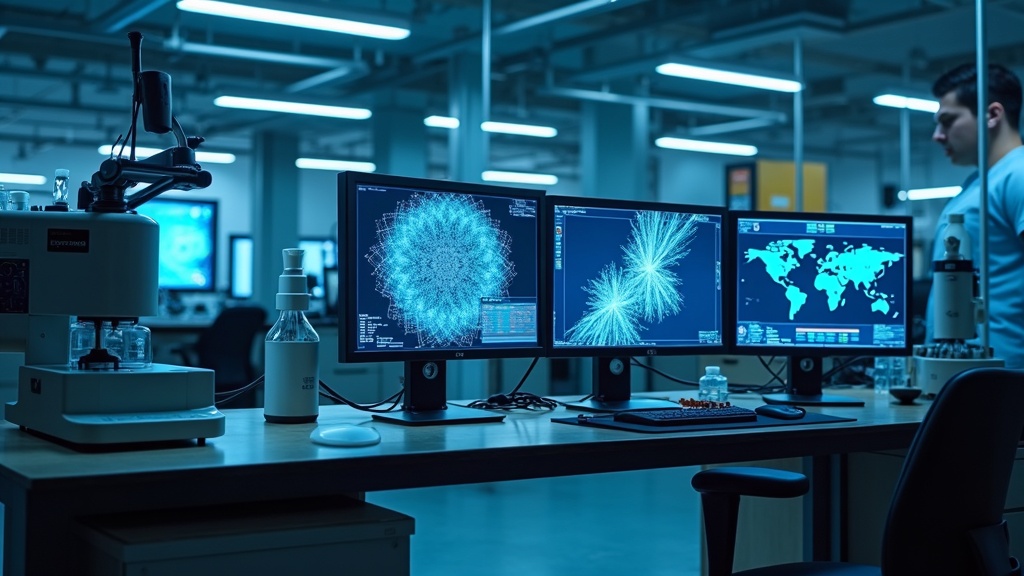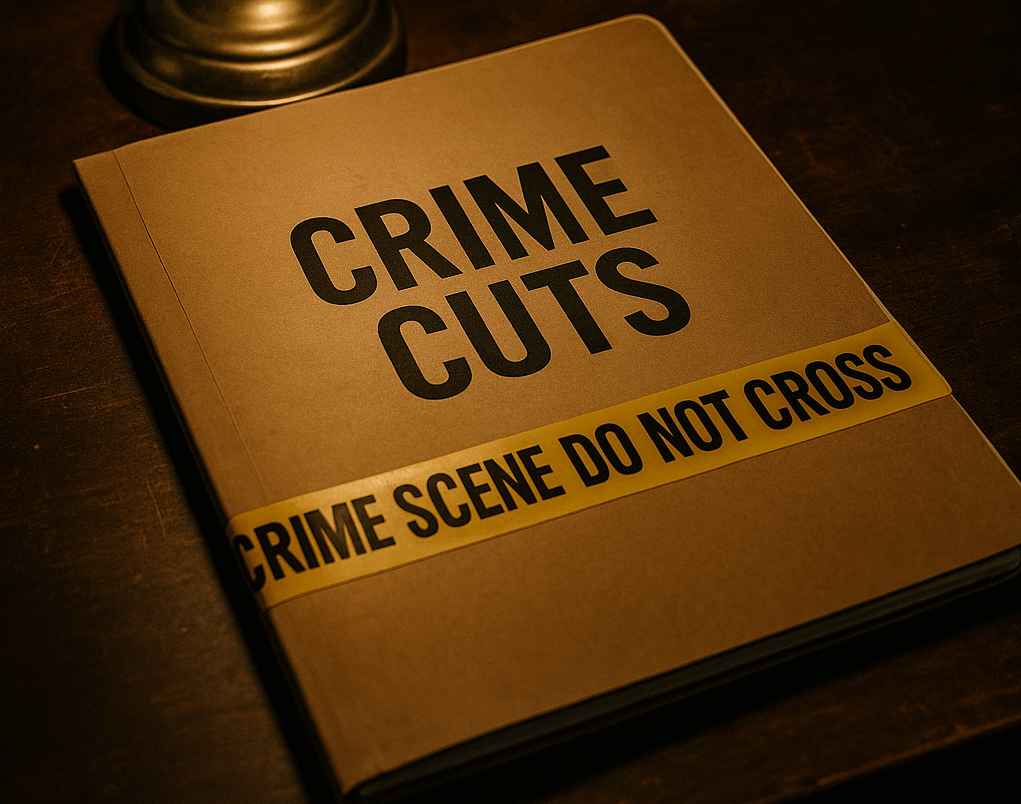Staying current with the latest technology can make a world of difference for anyone involved in crime investigation these days. From frontline detectives and digital analysts to prosecutors, defense, journalists, and even students getting started in forensic science, recent tech breakthroughs are shaping the way cases are solved, tried, and reported. There’s plenty to keep up with, so this article breaks down what’s new, how it works, and why it matters to anyone curious about modern investigations.

Who Benefits, and What Counts as an Advance?
Tech upgrades reach every corner of the criminal justice adventure. Detectives and forensic analysts can use faster scene scanning gear or AI-powered analytics to find leads. Prosecutors and defense teams turn to digital exhibits or demand audits on algorithm reliability. Journalists track down new story angles with open source intelligence tools. Students get a feel for digital forensics kits hands-on in the classroom. These innovations pop up in evidence collection, analysis, how information is presented in court, and even in the behind-the-scenes policies that shape data sharing and privacy.
Tech advances might be a state-of-the-art cloud platform that links every stage of an investigation, better DNA testing in a lab, a drone mapping a disaster site, or an AI app that connects devices, chats, and movement data. All of this matters, from small local agencies to sprawling international task forces.
The 2025 Landscape: Major Changes
One major trend is the explosion of data and its rapid movement. Police, labs, and lawyers wade through mountains of digital records: cloud accounts, mobile apps, sensors everywhere, and now AI-generated content. New all-in-one investigative platforms have emerged, letting teams cross-reference suspects, timelines, and evidence types from the starting line to the finish.
There’s a steady balance to strike between tech capabilities, constitutional rights (like privacy and warrant protections), and maintaining public trust in the process. Agencies have to make the most of powerful new tools while avoiding overreach or losing credibility with the community.
Scene Technology & Evidence Capture
Modern crime scenes are now scanned in 3D with advanced laser tools and photogrammetry devices like FARO and Leica. Investigators can rebuild detailed digital replicas of spaces, helping with everything from bullet trajectory to showing what a witness could or couldn’t see.
Virtual and augmented reality gear is now making regular appearances in court, giving juries a walk-through of events from a whole new angle. Smart body camera setups can start recording automatically in certain events, transcribe video, and even blur bystanders’ faces. Drones pitch in by mapping outdoor scenes, searching for clues with thermal cameras, and tracking movement after disasters. Teams in the field also need to stay sharp for anti-drone measures that criminal groups might use to avoid detection.
Forensic Biology, Chemistry, and the New Edge
Labs are putting to work rapid DNA machines that help with quick decision-making during booking, not just at trial. Sophisticated software apps such as STRmix blend genotyping results to provide answers in tough, mixed DNA cases. Investigative genetic genealogy (IGG), which pairs genealogists and databases to pin down suspects or victims, has cracked more than a few cold cases. But it also sparks heated debates about privacy and what’s really admissible in court.
Other lab upgrades cover advanced trace workflows, with machines like automated mass spectrometry breaking down microtraces—think a single fiber or just a few gunpowder grains—and environmental DNA to track presence in parks or open areas. Researchers are digging into forensic microbiomes and isotope signatures. Imagine narrowing down a suspect’s travel routes thanks to their own body’s unique chemistry.
Firearms, Toolmarks, and Pattern Evidence
Brand new 3D analysis platforms can compare bullets and casings with far greater reliability than the old microscope routine. Labs now rely on quick and sensitive tests for gunshot residue, giving experts better accuracy about what happened and when it happened.
Digitizing shoe and tire tread impressions lets analysts flag possible matches fast, thanks to searchable databases. Standardization is getting its time in the spotlight, with agencies updating lab accreditation and validation guides so everyone’s playing by the same rules for results and error tracking.
Digital Forensics: Mobile, Cloud, and Hybrid Evidence
Mobile devices are packed with evidence, but sifting through them isn’t as simple as reading a few texts. Today’s tools extract app-level and secure enclave data, along with full disk information, even on locked or encrypted phones. Cloud-based evidence is now the new norm—think collaboration app logs, exports from WhatsApp or Snapchat, and giant record troves parked at big-name providers.
Protecting all this means using strong protocols: secure imaging, hashing, and logs that are tamper-resistant. Volatile memory forensics—grabbing what’s sitting in RAM—offers a full digital snapshot before data is lost, which is vital in cybercrime and ransomware cases.
Communications and Location Data
Crime-solving often means stitching together who spoke to whom, when, and where. Analysts map timelines using call records, cell tower pings, Wi-Fi and Bluetooth beacons, and a host of sensors. Geofence warrants let police pull device location data within a set area and time, but these methods have sparked controversy by roping in bystander data too.
Vehicles are now loaded with digital data, thanks to telematics, event data recorders, route logs, and even phone pairs—all adding context to investigations. Smart home devices, like cameras, door locks, and thermostats, also become digital witnesses, though grabbing and verifying this data isn’t always straightforward.
Video and Audio Intelligence
New software pieces together multiple hours of footage from different angles, letting analysts track vehicles or people easily. Video editing tools can automatically blur faces or sensitive elements. Audio solutions can spot deepfakes and cloned voices, which raises questions about the chain of custody for modified files. Lip-reading and speaker identification are gaining accuracy, although courts still require experts to clearly explain any limits or possible errors.
AI/ML Investigative Intelligence
AI and machine learning are game changers for matching entities, mapping out connections, and painting the big picture of a case. Natural language processing sorts and searches massive text troves—chats, emails, social posts—uncovering vital clues faster than ever. But, judges and juries still need clear, plain-English breakdowns, including documented checks for bias or explain-ability from tech experts.
Open Source Intelligence (OSINT)
OSINT practices mean archiving social media posts, crosschecking geolocation clues, and spotting which images or claims are real—all now routine in the investigator’s playbook. Satellite imagery, ship or flight trackers, and even darkweb monitoring layer in crucial evidence for transnational or cyber-heavy cases. Of course, these methods bring ethical traps, especially when public or semiprivate spaces come into focus, pushing teams to tread carefully.
Crypto and Financial Forensics
Crypto analysis is booming thanks to multichain tracing tools that follow funds across blockchains and target privacy coins. Analysts can use heuristics—confidence-based connections—alongside proof-based reporting, helping prosecutors and defense teams size up what’s rock-solid and what needs more work.
Financial investigations now track money flows across borders, tracing trade-based laundering, invoice fraud, or even smuggling and fuel theft. Handling this evidence takes patience with different legal forms, subpoena processes, and data-sharing rules in every country involved.
Cross-Border and Cloud-Specific Issues
As evidence becomes more global in our cloud-powered era, unique challenges arise: data localization, international agreements like MLATs and the CLOUD Act, and complex chain-of-custody requests. Investigators often need to deal with translation, certification, and working with foreign labs, as well as keeping an eye on extradition and cooperation rules if a suspect or witness falls outside domestic reach.
National Security Layers
For cases touching on national security, classified guidelines come into play. Teams may separate certain evidence streams, use summaries in place of sensitive facts, and always keep detailed audit trails to balance security and fairness.
Making It Happen: Governance, Validation, and Admissibility
From regular proficiency tests in labs to open error tracking and quality controls, making sure forensic work is trustworthy is more important than ever. Courts want more than just technical know-how; they also want audit-friendly records and clear, simple explanations for how tricky algorithms reach their verdicts.
On both sides, legal teams use these standards to choose their game plan. Prosecutors aim to blend tech evidence smoothly into their narrative, prepping witnesses for tough questions. Defense attorneys look for glitches, challenge the reach of new tools, or poke holes in the chain of custody when things don’t add up.
Privacy, Civil Liberties, and Community Trust
Biometrics for device access, data retention policies, and the balancing act between smart surveillance and individual freedom are still hotly debated. Agencies rely on transparency reports, outside audits, and public boards to maintain the public’s trust that tech is put to work fairly and respectfully.
Transnational Organized Crime and Cartels
Taking on sprawling, cross-border networks like cartels demands that investigators put the latest tech to work. From satellites that pick out illegal crops to crypto tools tracking illicit money flows, big investigations mix many tech solutions for a stronger shot at shutting down organized crime.
Today’s crime investigation technology blurs the lines between physical and digital evidence, driving both speed and new hurdles. As these tools get more advanced, everyone—law enforcement, attorneys, academics, and the public—has a reason to keep an eye on how tech is put to work, how fair the process is, and what results really mean. Keeping pace with new solutions and asking the right questions is the path to building investigations that remain both effective and credible.
Disclaimer: This article is meant for general informational purposes and shouldn’t be used as legal advice. If you’re dealing with actual cases or court matters, legal consultation is always the best route.
